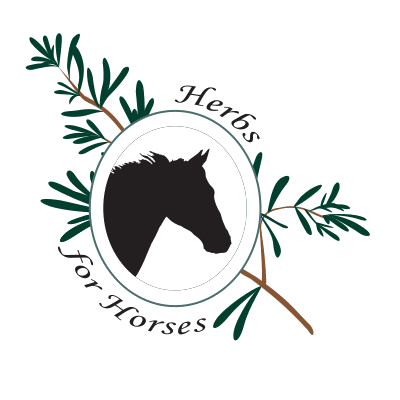
Biotics Unmasked
The world of equine nutrition has changed so much over the past century. The days of just hay, grain and salt are long behind us, and they have been replaced with feeds ingredients that we could never have imagined 25 years ago. The ‘Biotics’ phenomenon has taken equine nutrition by storm and has introduced us to a host of ‘biotics’, many of which none of us have a clue what they are or how they might work. So here is a quick tour of the world of enteric biologics:
Enteric biologic: a feed ingredient provided to horses for the purpose of supporting a healthy gastrointestinal microbiome. This is a very broad category of feed ingredients; indeed, one could argue even hay would fit in here! The key to capturing a feed ingredient in this category is that the ingredient must be provided specifically for the purpose of promoting healthy microbiome. The most common enteric biologics include probiotics, prebiotics, synbiotics and post-biotics.
Probiotic: also termed ‘direct-fed microbials’, the distinguishing feature of probiotics is that they are live and have the ability to form colonies. In order to be considered a probiotic, the supplement must confer beneficial effects in the host. Probiotics may include some live yeasts (especially Saccharomyces cerevisae and S. boulardii) and certain bacteria (including some lactobacillus, pediococcus, bifidobacteria and enterococcus, along with many others).
Prebiotic: these feed ingredients are those which are resistant to stomach acid, are indigestible by the horse, and are preferentially fermented by bacteria in the gastrointestinal microbiome that are considered ‘good’ bacteria. Provision of prebiotics allows the good bacteria to successfully grow (and in many cases outgrow) in the presence of pathogenic bacteria, thereby promoting a healthy microbiome. The fermentation process of prebiotics in the gut produces short chain fatty acids (especially butyrate, lactate and proprionate), which can be absorbed from the gastrointestinal tract by the horse and used for energy. Some common prebiotics include inulin, chicory, and the oligosaccharides (fructo-, galacto-, and trans-galacto-).
Synobiotics: put simply, synbiotics are a combination of probiotics and prebiotics. The relative amounts of each can differ in each product, and they are designed to deliver the benefits of both ingredients.
Postbiotics: the newest addition to the ‘biotics’ family is post-biotics. Postbiotics are defined as metabolites that are produced by bacteria and promote health and well-being in the host. These metabolites may include the short-chain fatty acids described in ‘prebiotics’ above, along with some enzymes and vitamins (e.g. Vitamin B12, vitamin K, and folate), and amino acids that are produced by bacteria.
